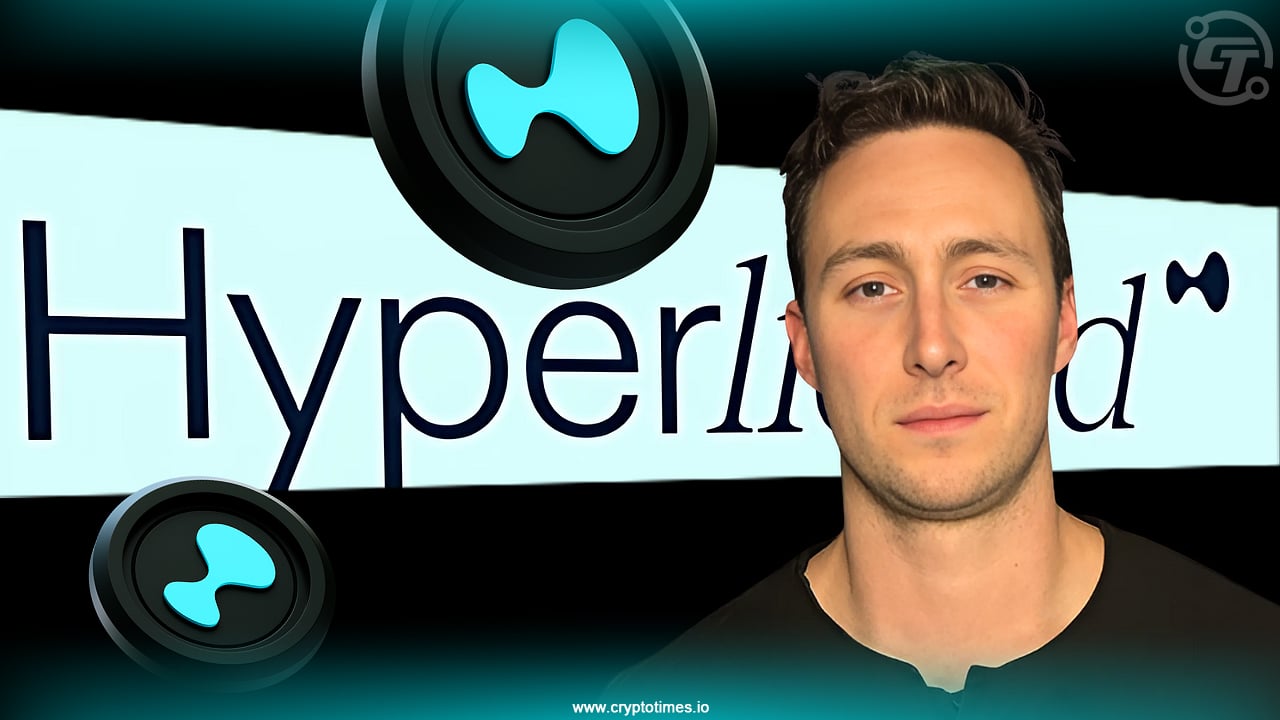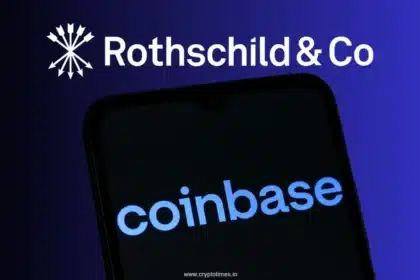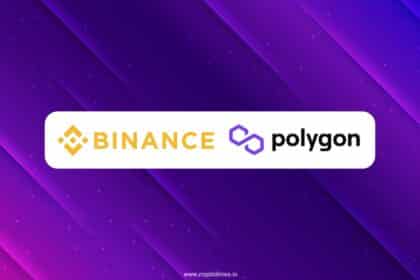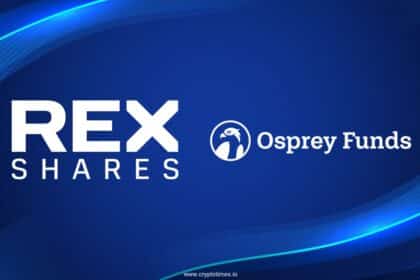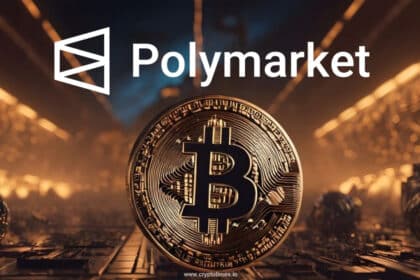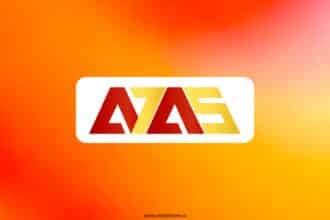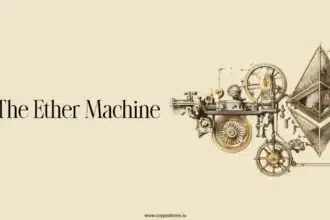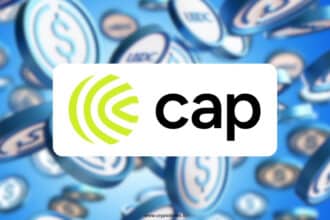Analyst Patrick Scott has stated that Hyperliquid is still the top player in the perpetual futures decentralized exchange (Perp DEX) market, even though it saw a recent drop in its share of trading volume and has tough competition.
In an X post on October 2, Scott argued that Hyperliquid’s fundamentals, users, and growth plans position it for continued dominance.
The Aster effect on its trading volume
In the post, Scott addressed Hyperliquid’s drop in Perp DEX trading volume, which fell from 45% to just 8%. He primarily attributed this to a massive, short-term surge from its competitor Aster, a Perp DEX linked to Binance. Aster saw its trading volume explode from $11 billion to over $270 billion in just one week, grabbing over 50% of the market.
Patrick Scott called Aster’s huge volume spike an “anomaly” that needs more time to prove it will last. He also contended that Aster’s surge is driven by incentives, such as promising free tokens (airdrops), instead of genuine platform preference. He affirmed that long-term success depends on “sticky” volume, trades that keep happening because people love the platform; a quality he attributed to Hyperliquid.
Scott emphasized that Hyperliquid’s ability to attract and retain users isn’t something competitors can copy with giveaways or incentives; it requires a better platform. He said that Hyperliquid stands out because it’s a profitable business, unlike many crypto projects that lose money. Its market value is 12.6 times its revenue, which Scott sees as fair given its strong performance over the past year.
He also highlighted that Hyperliquid’s usage has grown in the year since its HYPE token airdrop, demonstrating genuine user retention.
Hyperliquid’s growth and market dominance
Hyperliquid’s trading volume has stayed steady, and Scott thinks that it will keep growing steadily. It holds 62% of the market’s open interest, which is far ahead of its rivals. However, he noted that only 27% of HYPE tokens are currently available, so the total potential value is much higher.
The overall Perp DEX market is growing fast, jumping from less than 2% of centralized exchange (CEX) futures trading in 2022 to over 20% last month, a 10x increase in three years. Hyperliquid has played a big role in this growth and reaps the benefits, Scott said.
He stated that Hyperliquid is branching out to stay ahead of competitors. Its blockchain, HyperEVM, supports over 100 protocols with $2 billion in locked value (TVL) and $3 million in daily app revenue. This includes homegrown projects like Kinetiq and Hyperlend, plus well-known platforms like Pendle, Morpho, and Phantom.
The analyst further highlighted that Hyperliquid wants HYPE tokens to gain value through securing the network and being used as collateral, separate from its trading business. Hyperliquid’s stablecoin, USDH, has a $25 million market cap.
He also said that Hyperliquid is preparing to launch HIP-3, a new feature that lets developers build and run their own trading markets on the platform by locking up 500,000 HYPE tokens. This reduces the number of available tokens and adds more assets for trading, and turns Hyperliquid into a foundation for other businesses to build on.
Further, Scott admitted there are risks to his positive view. He said he’d rethink his position if Hyperliquid’s trading volume drops and it loses market share, showing competitors are taking its users instead of growing the overall market. According to him, if USDH loses value or doesn’t gain traction within a year, it could mean trouble for expanding beyond its main trading business, especially with more HYPE tokens set to be released later.
Also Read: MetaMask Previews In-App Trading With Hyperliquid Integration


